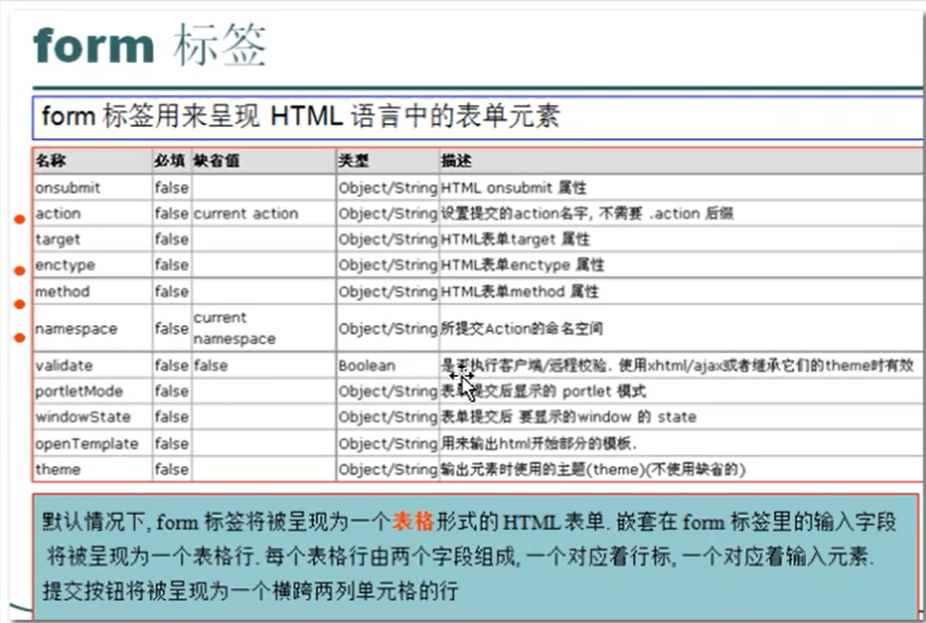大纲
- 题目
- 地址
- 内容
- 解题
- 代码地址
题目
地址
https://leetcode.com/problems/reverse-bits/description/
内容
Reverse bits of a given 32 bits unsigned integer.
Note:
- Note that in some languages, such as Java, there is no unsigned integer type. In this case, both input and output will be given as a signed integer type. They should not affect your implementation, as the integer’s internal binary representation is the same, whether it is signed or unsigned.
- In Java, the compiler represents the signed integers using 2’s complement notation. Therefore, in Example 2 above, the input represents the signed integer -3 and the output represents the signed integer -1073741825.
Example 1:
Input: n = 00000010100101000001111010011100
Output: 964176192 (00111001011110000010100101000000)
Explanation: The input binary string 00000010100101000001111010011100 represents the unsigned integer 43261596, so return 964176192 which its binary representation is 00111001011110000010100101000000.
Example 2:
Input: n = 11111111111111111111111111111101
Output: 3221225471 (10111111111111111111111111111111)
Explanation: The input binary string 11111111111111111111111111111101 represents the unsigned integer 4294967293, so return 3221225471 which its binary representation is 10111111111111111111111111111111.
Constraints:
- The input must be a binary string of length 32
Follow up: If this function is called many times, how would you optimize it?
解题
这题就是要将二进制进行逆序。解法也很简单,就是逐位判断是否为1,然后使用“或”操作,将其放置到对应位置。我们不一定需要对32位都进行判断,只要其退位到0时,我们就可以终止探索。
#include <cstdint>
class Solution {
public:
uint32_t reverseBits(uint32_t n) {
uint32_t result = 0;
int offset = -1;
while (n != 0) {
offset++;
if (n & 0x80000000) {
result |= 1 << offset;
}
n <<= 1;
}
return result;
}
};

代码地址
https://github.com/f304646673/leetcode/tree/main/190-Reverse-Bits/cplusplus



















